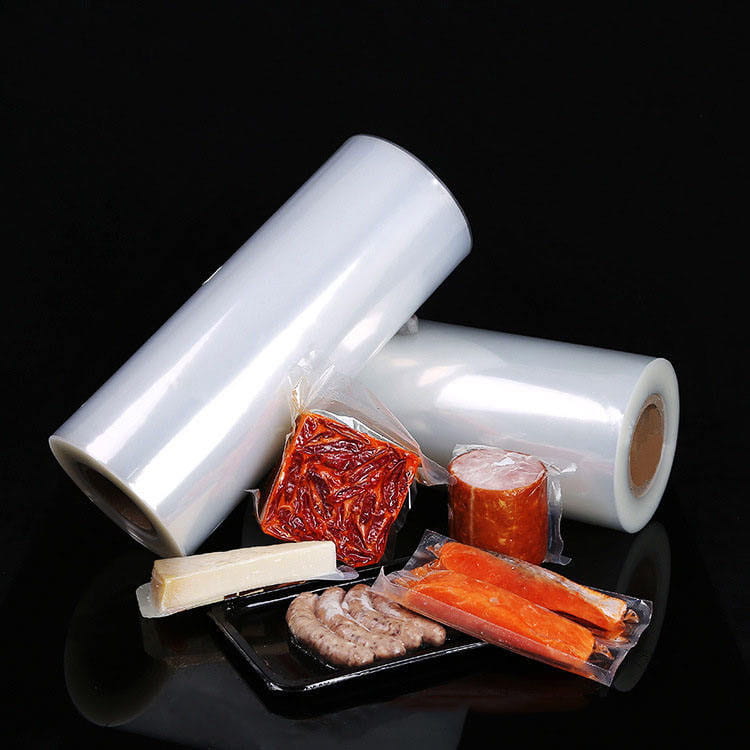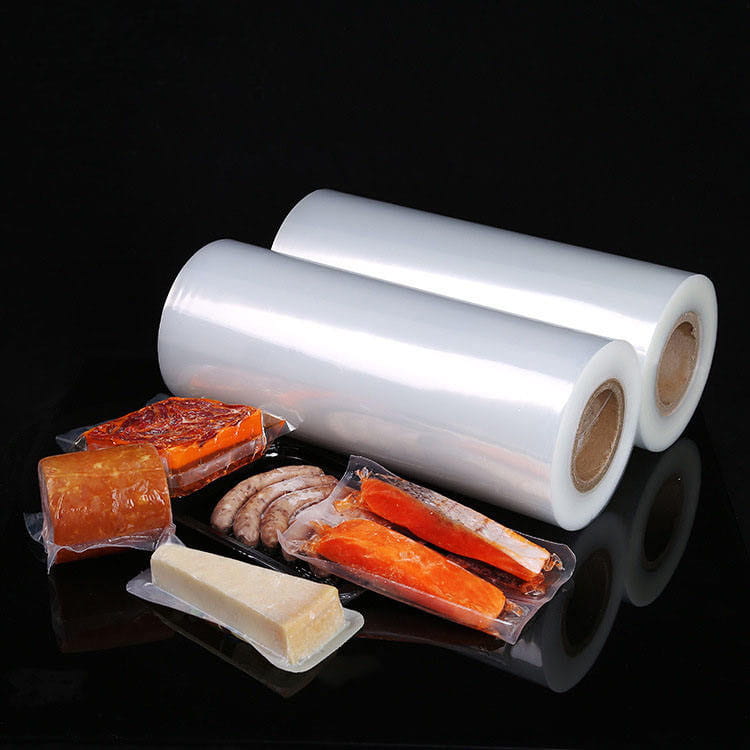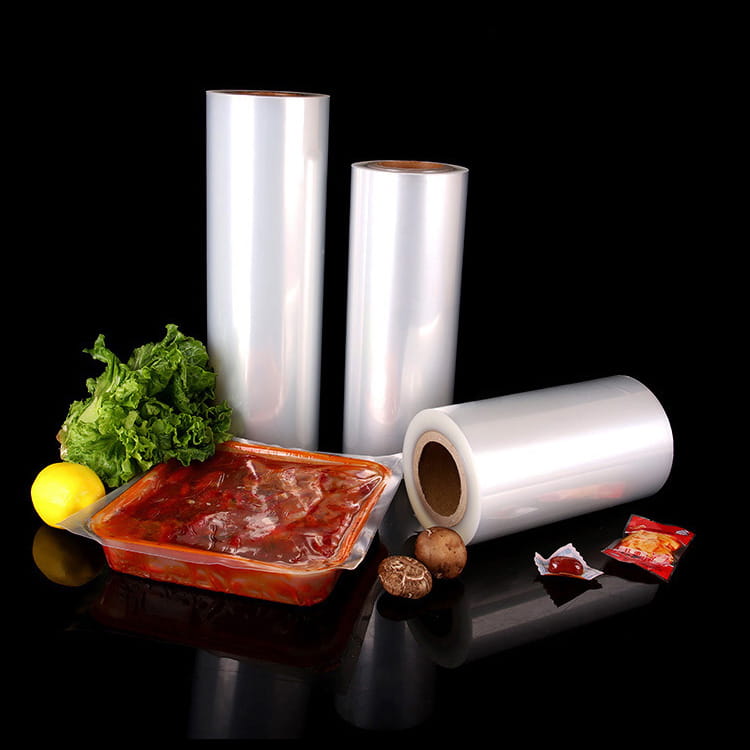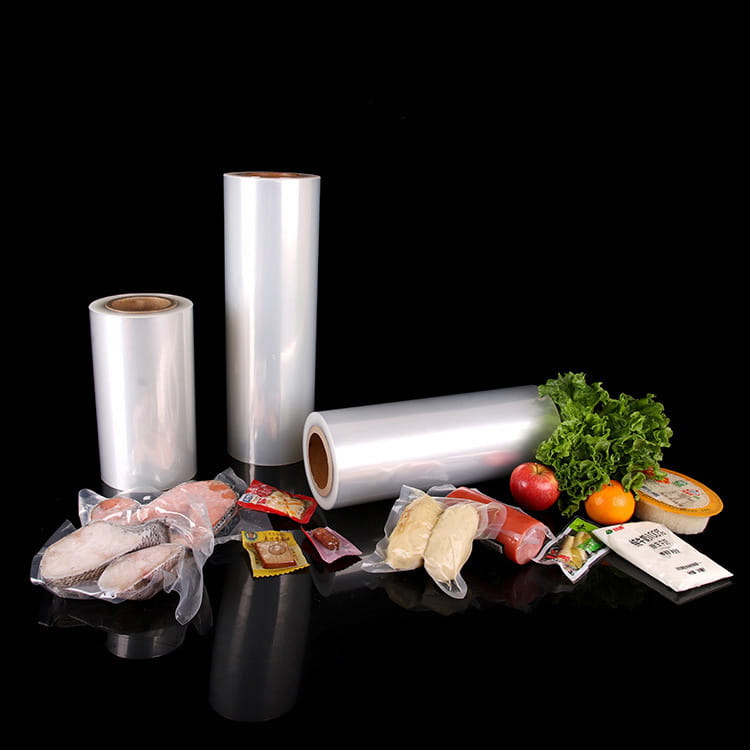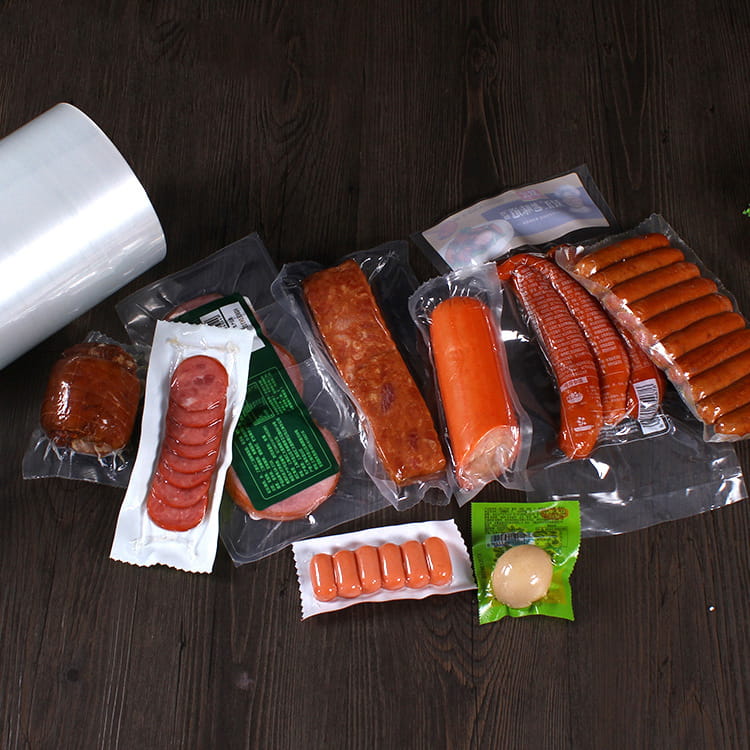Multi-layer co-extruded barrier film achieves precise control of moisture through its unique multi-layer structure design. In food packaging, maintaining the right amount of moisture is crucial to maintaining the taste and texture of food. For example, crispy foods such as potato chips and biscuits need to maintain a dry environment inside to prevent moisture from causing the food to soften and lose its crisp taste. Moist foods such as fruits and vegetables need to maintain a certain moisture content to maintain their freshness and tender taste.
Multi-layer co-extruded barrier film can effectively prevent the intrusion of external moisture and the evaporation of internal moisture by selecting materials with high barrier properties, such as polyvinyl alcohol (PVOH) or specially modified polyethylene (PE) as barrier layers. These materials have extremely low water permeability and can form a stable moisture environment inside the package, thereby maintaining the taste and texture of the food.
In addition, multi-layer co-extruded barrier film also has good air permeability, which can adjust the oxygen and carbon dioxide concentration inside the package according to the different needs of food. This breathability helps slow down the oxidation process of food and further extend the shelf life. For example, for fruits and vegetables that need to breathe, proper breathability can promote their internal metabolism and maintain their freshness and nutritional value.
In addition to moisture management, light blocking is also one of the important functions of multi-layer co-extruded barrier films in food packaging. The impact of ultraviolet and visible light on food cannot be ignored. They not only cause food to fade and deteriorate, but may also trigger chemical reactions and produce harmful substances, affecting food safety.
Multi-layer co-extruded barrier films can effectively block the transmission of ultraviolet and visible light by adding specific ultraviolet absorbers or sunscreens. These additives can absorb or reflect light and convert it into harmless heat or other forms of energy, thereby protecting food from light damage.
Ultraviolet absorbers are usually compounds that can absorb ultraviolet rays and convert them into heat energy. They are added to specific layers of multi-layer co-extruded barrier films to form a UV barrier that prevents ultraviolet rays from penetrating the packaging and affecting the food. This barrier can effectively extend the shelf life of food and maintain its color and quality.
Sunscreens are substances that can reflect or scatter light. They are evenly dispersed in the multi-layer co-extruded barrier film to form a dense light-shielding network. When light hits the package, the sunscreen reflects or scatters it back, preventing the light from penetrating the package and affecting the food. This light-shielding property is particularly important for foods that are extremely sensitive to light, such as dark fruits and vegetables, meat products, and dairy products.
Multi-layer co-extruded barrier films are widely used in food packaging, covering all areas from snack foods to ready-to-eat meals. In snack food packaging, such as potato chips, nuts, and candies, multi-layer co-extruded barrier films can maintain their crisp taste and bright color; in ready-to-eat meal packaging, such as instant noodles, canned foods, and pre-prepared dishes, the film can extend its shelf life and maintain its freshness and nutritional value.
In addition, multi-layer co-extruded barrier films also have good printing and heat-sealing properties, which can meet the requirements of food manufacturers for packaging appearance and sealing. Through advanced printing technology, exquisite patterns and texts can be printed on the film to enhance the product's attractiveness and market competitiveness. The heat-sealing performance ensures the sealing and integrity of the package, preventing external contaminants from entering the package, further ensuring the safety and hygiene of food.


 English
English عربى
عربى



